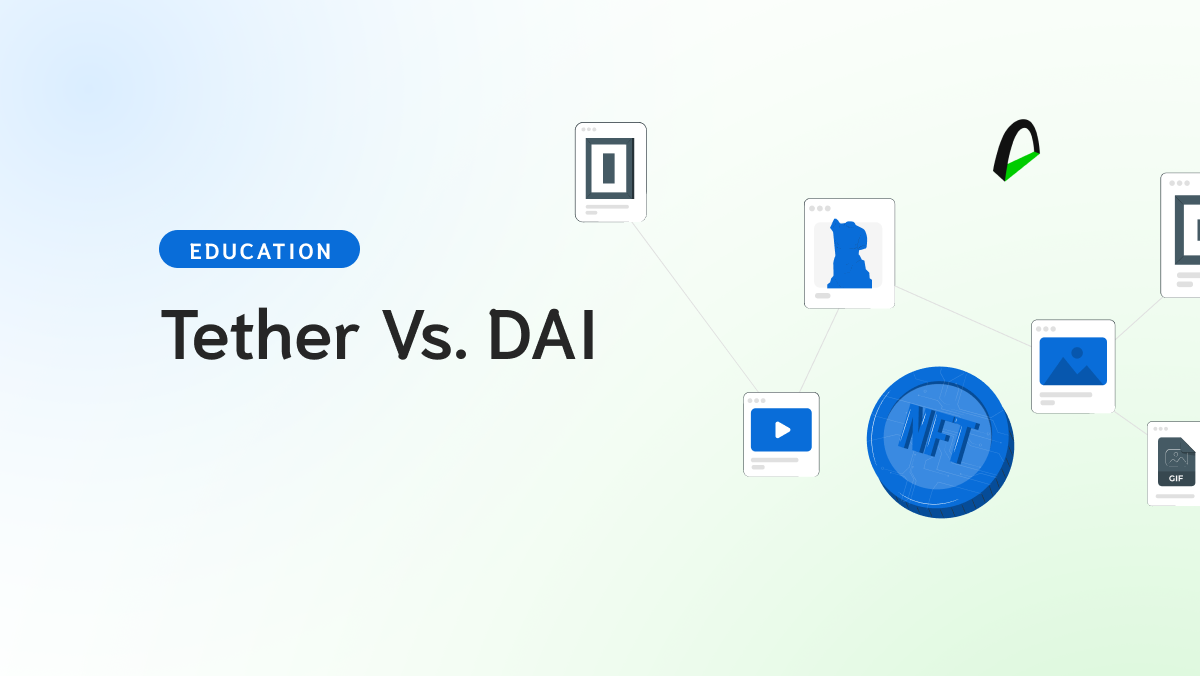Rocket Pool is a liquid staking service on the Ethereum Chain. Learn what it is, how it works and the benefits of liquid staking.
Ethereum 2.0 has ushered in a new era of blockchain updates, beginning with the launch of its Beacon Chain and the transition from Proof of Work to Proof of Stake.
This change has presented issues for participants involved in staking on Ethereum- mainly due to users needing 32 ETH to be able to stake directly on the Ethereum chain - until Rocket Pool stepped in to provide an effective liquid solution that paves the way for future stakers.
What's Rocket Pool
Rocket Pool is a pioneering ETH2 protocol offering decentralization, trustlessness, and compatibility with Ethereum 2.0's infrastructure. This innovative platform allows for liquidity and rapid withdrawal speeds of staked Ether.
It enables users to stake or even run their nodes. The system also facilitates its native RPL token as both a financial medium & tool of governance.
Through the protocol's DAO, decentralized governance enables all Rocket Pool participants to have an input in its strategic direction and development.
Moreover, the unique oracle DAO network provides people with limited resources access to higher investment returns through staking.
Understanding staking on Ethereum
Ethereum has recently shifted to a Proof-of-Stake protocol after the implementation of the Beacon Chain. This means that staked coins can't be accessed until Ethereum's planned Shanghai update is completed in 2023; as such, many investors have looked towards providers who offer liquid staking services - which allow users to deposit any amount of Ether and be able to withdraw it at any time.
By staking their Ether on the Beacon Chain, validators can take part in ensuring that transactions meeting all legal requirements pass through.
Becoming a validator requires 32 ETH as an initial capital deposit, making it difficult for some investors to become a part of the staking ecosystem.
ETH2 validators are rewarded on a predetermined schedule, yet those rewards stay within ETH2's network. This accumulation of funds will remain until the Shanghai update is launched and withdrawals become possible, allowing users to access their accrued payments.
Rocket Pool history
Established in 2016 by David Rugendyke, Rocket Pool saw the rise of Ethereum's transition from a Proof-of-Work to PoS consensus model. To be an active validator on its 2.0 base protocol demanded individuals possess upwards of 32 ETH and knowledge alongside hardware with four cores running at least 2.8 GHz clock speed - making it accessible yet exclusive for a few participants who meet these criteria.
ETH holders faced the significant challenge of high entry barriers, which had the potential to disrupt decentralization and weaken network security. Without a solution to address this issue, users were left with illiquid ETH until they waited out lengthy lock-up periods - diminishing user experience in staking activities. Even on Rocket Pool's platform, these locks are still required until phase 2 of Ethereum's roll-out is completed.
Rocket Pool strives to provide a decentralized and trustless staking-as-a-service option for users, allowing them to maintain custody of their funds securely. With as little as .01 ETH, individuals have access to stake towards any node operator they desire - giving all potential operators an equal footing in gathering delegation from the community. Node operators are responsible for validating transactions on Ethereum 2.0, with each needing 16 ETH if using Rocket Pool's protocol services.
By staking towards Rocket Pool node operators, users gain access to rETH - a flexible ERC-20 token representing their ETH while earning yield. With this liquid asset, they can choose how best to utilize it in DeFi protocols.
Deep diving into how Rocket Pool works
Users can stake trhough other nodes, or they can also run their own staking nodes. In order to run a node with Rocket Pool users only need to stake 16 ETH instead of the 32 needed to stake on the Ethereum Chain. By requiring only 16ETH from users, Rocket Pool makes staking accessible to a broader range of people that want to run their own node.
Mini Pools created in conjunction with the user's stake offer a 'regular validator' appearance, and delegation to Beacon chains is made possible through smart contracts on the ETH1 chain as part of its decentralized approach.
The rTokens
When staking an ETH token with Rocket Pool, you are rewarded with a unique asset called rETH.
The proportion of validator balances determines its value. For example, users can deposit 16 ETH and get 16 rETH in return. This system allows users to back up their investments through conversion from rETF into ETH tokens whenever necessary.
Investing in ETH2 staking is now more accessible than ever. Rocket Pool has opened up the doors for users to easily and quickly stake their tokens with minimal setup. Liquid staking has also become the third largest DeFi category by TVL.






